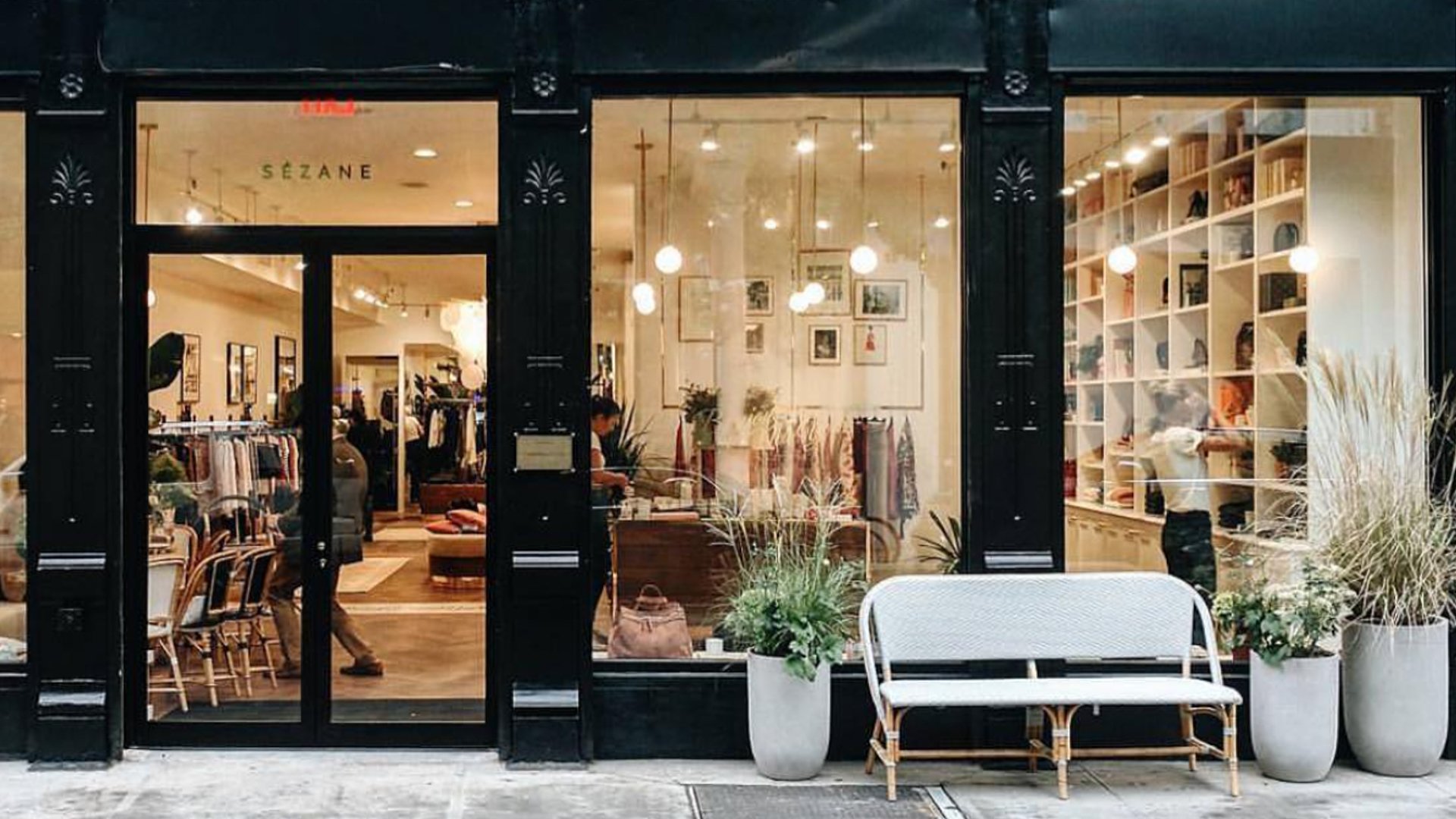Boost Your Closet with Stunning Boutique Fashion Essentials
Wiki Article
Exploring the Advancement and Impact of Clothes on Modern Fashion Trends
The advancement of clothes has considerably influenced modern fashion fads, combining historic precedents with advanced innovations. Iconic numbers like Coco Chanel and Yves Saint Laurent changed the fashion market by introducing ideas that prioritize convenience and access, which proceed to reverberate today.Historical Fashion Influencers
In the tapestry of fashion background, specific figures have actually left an enduring mark, shaping the trends and designs that define entire periods. Coco Chanel, a revolutionary developer, redefined women's style by introducing comfortable, classy garments that departed from limiting bodices. Her famous Chanel fit and little black dress have become classic staples in closets worldwide. Likewise, Christian Dior's post-war "Make over" in 1947, with its party of womanhood through complete skirts and cinched waistlines, noted a return to luxury and has actually proceeded to affect developers.Elsa Schiaparelli is an additional critical figure, renowned for her progressive layouts that integrated surrealist art, teaming up with Salvador Dalí to produce whimsical items that tested conventional visual appeals. Her ingenious use color and strong patterns resounds in modern fashion. Yves Saint Laurent, on the other hand, equalized high style with prêt-à-porter collections, bringing runway styles to the masses and setting a criterion for modern-day ready-to-wear lines.
These enthusiasts, to name a few, not just changed fashion in their times but likewise set sustaining patterns that reverberate in today's style market, supplying a structure whereupon modern-day developers remain to innovate and construct. Their heritages underscore the significance of imagination and daring in vogue's ever-evolving story.
Technological Advancements in Style
Amidst the dynamic landscape of the fashion industry, technological advancements stand at the forefront of development, improving exactly how developers produce and consumers engage with fashion. The assimilation of 3D printing has actually changed design processes, allowing developers to trying out intricate frameworks and sustainable materials that were formerly inconceivable. This technology facilitates fast prototyping, decreasing waste and speeding up production times.
Smart fabrics, embedding modern technology right into materials, are additionally transforming the market. Technologies like temperature-regulating and self-cleaning textiles provide enhanced capability and comfort. Wearable modern technology, incorporating functions like health and fitness tracking and communication, includes a brand-new measurement to fashion, merging visual appeals with practicality.
Social Changes and Design
As technical innovations continue to improve the garment industry, cultural changes are just as influential, redefining style and consumer preferences. Over the last few years, the surge of social media sites systems over at this website has accelerated the dissemination of global style fads, permitting varied social influences to assemble and exist side-by-side. This electronic interconnectivity has actually promoted the fast exchange of ideas, resulting in an extra comprehensive and eclectic analysis of design that shows the multifaceted nature of modern culture.Social awareness and recognition have motivated designers to attract motivation from a wider spectrum of ethnic and historic contexts, integrating traditional concepts with modern aesthetic appeals. This combination has caused fashion that resonates with a bigger audience, advertising a feeling of identity and belonging across different demographics. In addition, the raising need for customization has driven brands to provide customizable options, making it possible for customers to express originality while mirroring their cultural heritage.
In addition, shifting societal worths have impacted style, with inclusivity and diversity ending up being main motifs. The market has started to accept designs and influencers of numerous body kinds, ethnicities, and gender identities, difficult standard beauty standards. This improvement highlights the power of cultural changes fit the future of style, as design ends up being a more authentic expression of individual and cumulative identification.
Sustainability and Modern Layout
While the fashion market continues to progress, the imperative for sustainability has actually come to be progressively immediate, influencing contemporary layout methods. The increase of slow-moving fashion, which highlights high quality over quantity, motivates consumers to invest in timeless items instead than transient patterns.Moreover, modern design is identified by its technology in decreasing waste and promoting circularity. This method not just minimizes environmental influence yet likewise enhances the social responsibility of fashion homes.

Future Trends in Fashion

Sustainability will proceed to be a driving pressure in forming future fashion patterns. The market is significantly embracing eco-friendly products and honest production techniques, responding to a growing consumer demand for liable practices. Advancements such as bio-fabricated materials and closed-loop recycling systems are readied to Get the facts redefine just how apparel is generated and consumed, lowering ecological influence while maintaining style and high quality.
Cultural shifts, including the rise of inclusivity and diversity, will additionally play a critical function. As culture becomes much more familiar with social problems, style is expected to come to be a system for expression and adjustment. Developers will likely focus on developing collections that reflect a wider variety of identities and experiences, promoting depiction and accessibility.
Conclusion
The evolution of garments dramatically affects contemporary fashion trends, where historic impacts merge with contemporary designs. This ongoing evolution underscores style's duty as a mirror to social worths and technical advancement, suggesting a future abundant with development and inclusivity.The evolution of garments has actually substantially affected modern style patterns, combining historical precedents with advanced advancements.Among the dynamic landscape of the fashion industry, technical innovations stand at the center of development, improving exactly how developers produce and consumers involve with fashion.While the style sector continues to advance, the important for sustainability has come to be significantly urgent, influencing contemporary design practices. As sustainability ends up being ingrained in modern design, it paves the method for a much more responsible and conscious fashion market.
The evolution of apparel substantially influences contemporary style trends, where historic influences combine with contemporary designs.
Report this wiki page